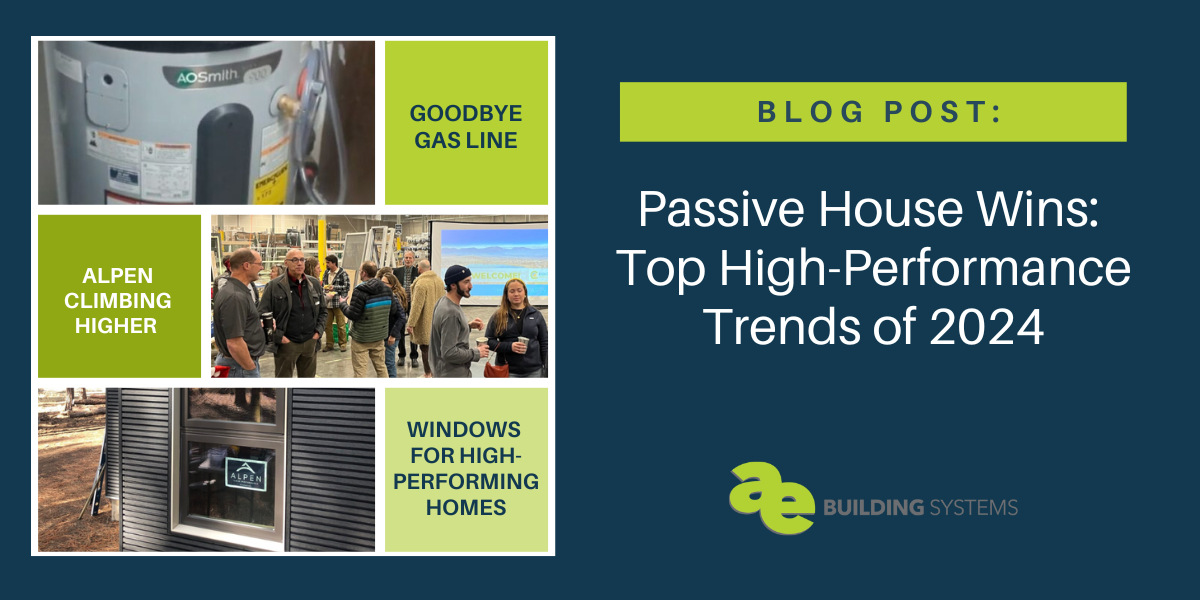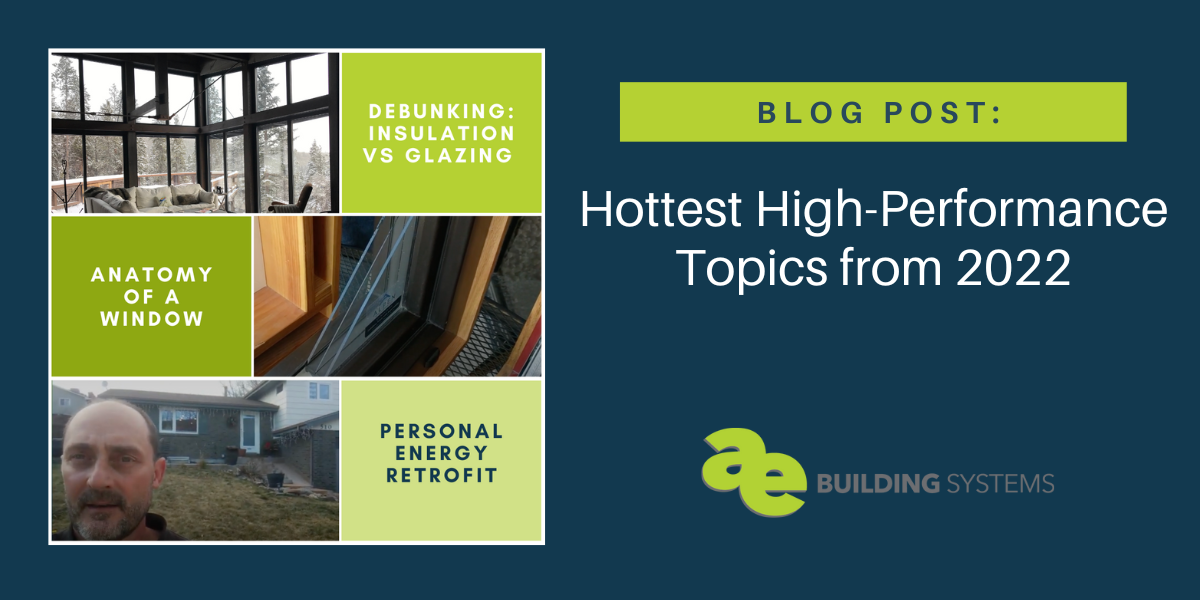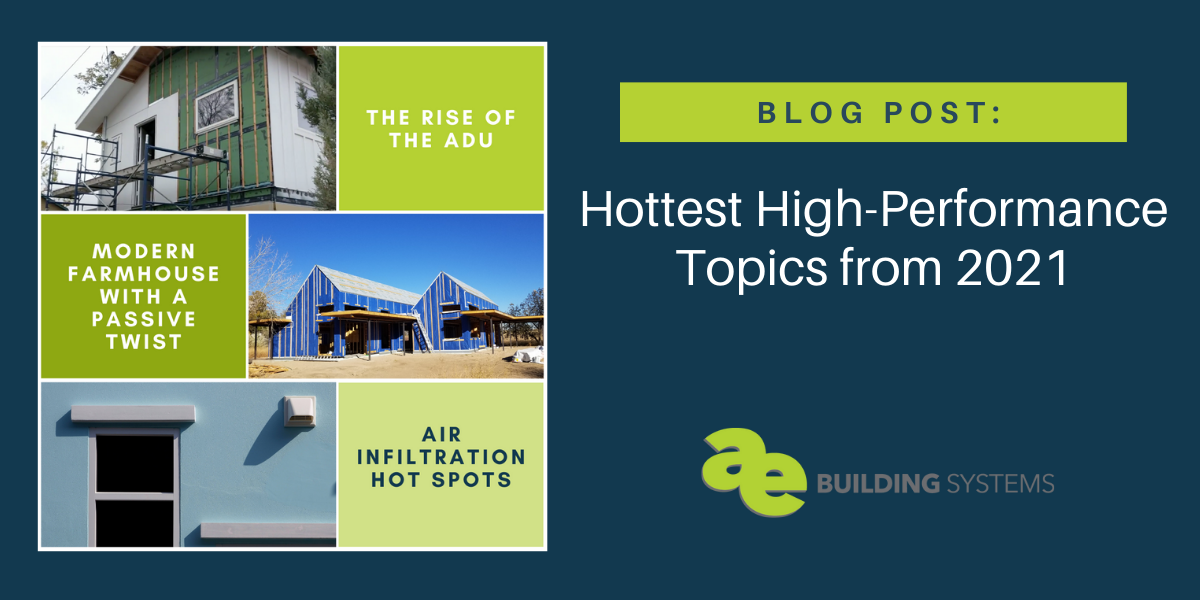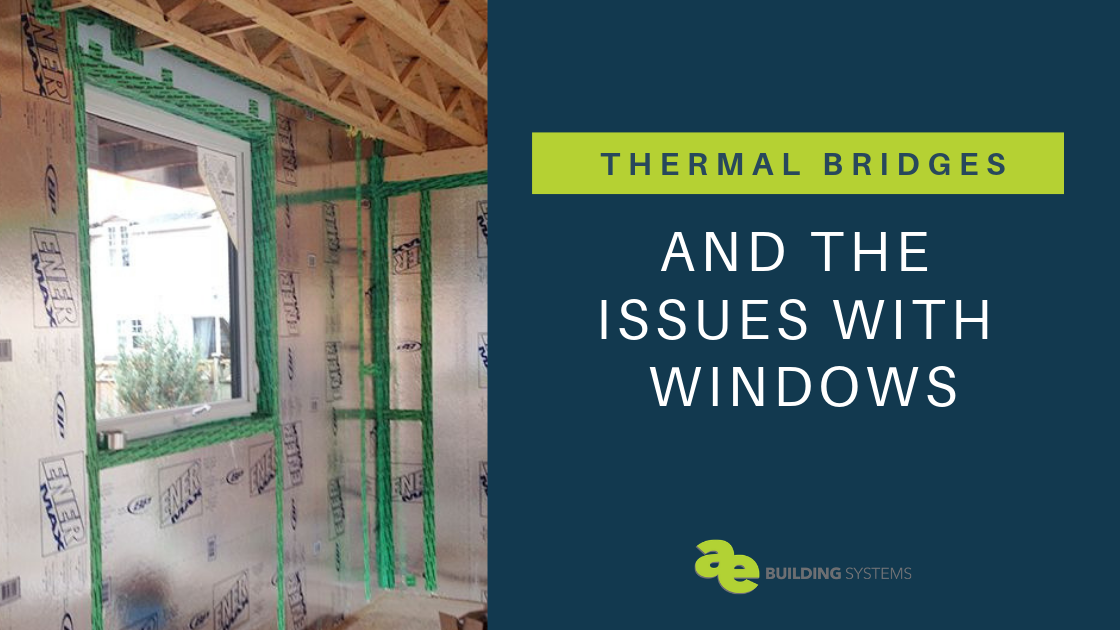Author: Shawn Teasley
-

Window Panes & Airtight Frames: Top High-Performance Trends 2025
Every year tells a story, and the 2025 blog analytics made one thing clear: our readers are hungry for the details that make buildings truly high-performance. Breakthrough window systems, smart European design, and airtightness done right topped the list of most-read posts. It’s exciting to see so much curiosity and momentum around the building science…
-

Passive House Wins: Top High-Performance Trends of 2024
As 2024 winds down, we’ve been reflecting on a great year—and, true to form, diving into the data! We analyzed this year’s blog posts to uncover the “hottest high-performance topics of 2024.” The big trend we discovered is that readers are eager to learn how to conserve energy, improve thermal performance, and cut costs at…
-

2023’s Top-Tier Trends: High-Performance Insights Reshaping Construction Practices
A brief overview of the high-performance principles explored in 2023 reveals intriguing insights. As we approach the year’s end, our data-driven curiosity led us to analyze the most resonant topics from AE blog posts. After scrutinizing our performance stats, we’ve identified the standout themes as the “hottest high-performance topics from 2023.” What stands out from…
-

Hottest High-Performance Topics from 2022
A quick reflection on high-performance principles discussed in 2022 As we wind down the year, the data nerds in us wanted to see which AE blog post topics resonated most in 2022. After reviewing our performance stats, here’s what we discovered and are now labeling “hottest high-performance topics from 2022.” Here’s what this tells us,…
-

Hottest High-Performance Topics from 2021
A quick reflection on high-performance principles discussed in 2021. Because we are data nerds and love looking at performance (normally energy efficiency), but in this case, we wanted to see which AE blog post topics resonated most in 2021. Below is what Google Analytics told us our top three posts are. Here’s what this tells…
-

What Are Construction Thermal Bridges in Buildings?
Do you have a random “cold spot” in your dining room or perhaps in an area where a sweater is always needed, no matter how high the thermostat is set? Thermal bridges may be at play. If you don’t work in or around construction, you may have never heard the term “thermal bridging”–but you’ve likely…

